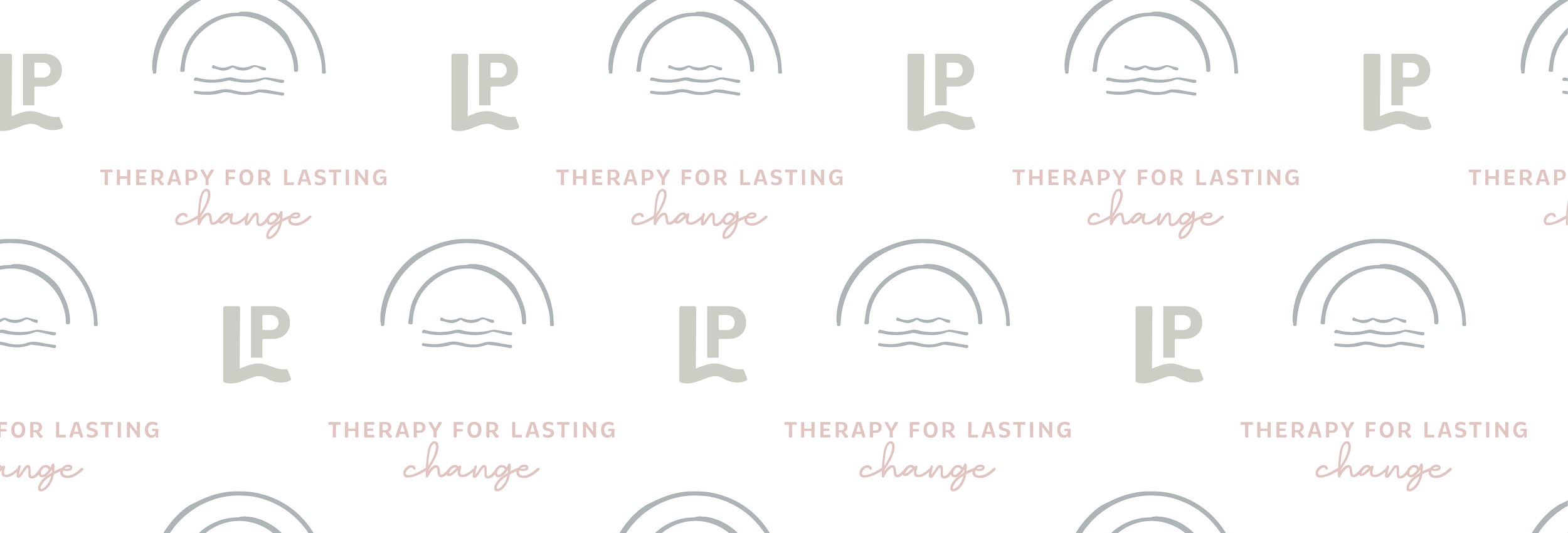
HEAL TRAUMA, RESTORE HOPE
Trauma and PTSD Counselling
Living on high alert gets exhausting
Living with PTSD and trauma can feel like being stuck in a never-ending loop of fear and exhaustion. You might constantly replay painful memories, even when you don’t want to, leaving you feeling emotionally drained and disconnected from the present. Everyday situations can trigger flashbacks or overwhelming feelings of anxiety, so you avoid places, people, or activities that remind you of the past. It’s difficult to relax or feel safe, even when nothing dangerous is happening, and it’s affecting your relationships, your work, and your ability to enjoy life. You might find yourself shutting down emotionally, distancing from loved ones, or feeling like you’re just going through the motions, rather than truly living.
You’re tired of being in these cycles:
On the outside, you’re accomplished and composed, but inside, it often feels like you’re just holding it together.
You stay busy and productive, but there’s an underlying tension that never seems to go away—your mind constantly races, and relaxation feels almost impossible.
You’ve worked hard to succeed, but deep down, there’s a persistent sense of unease—like something from the past is always just beneath the surface, affecting how you handle stress and relationships.
No matter how much you achieve, there’s an underlying sense that it’s never enough, that you’re always just one step away from something unraveling.
You deserve healing, not just survival
I use the tri-phasic model to treat trauma and PTSD. That means we’ll work together through three key stages: first, building a sense of safety and stability; second, gently addressing and processing the traumatic memories; and finally, helping you regain control, confidence, and a sense of normalcy in your life.
Here’s what the tri-phasic model looks like:
Phase 1: Stabilization - In this phase, we prioritize creating a secure therapeutic environment. Together, we develop coping skills and strategies to help manage overwhelming emotions, ensuring that you feel grounded and supported.
Phase 2: Processing - Once stability is established, we work to process traumatic memories. Using evidence-based techniques (EMDR), we address the root of the trauma in a controlled and supportive manner, helping to reduce its emotional intensity. Along the way, we’ll challenge the negative beliefs trauma left behind—like feeling unworthy or broken—and replace them with more empowering, compassionate perspectives.
Phase 3: Integration - Finally, we focus on integrating the insights and skills gained into your daily life. This phase emphasizes personal growth, rebuilding trust in yourself and others, and moving forward with resilience and confidence.

IMAGINE IF YOU…
Relaxed without guilt or stress
Unwind without feeling like you're always on edge or bracing for the worst
Trusted yourself fully and were proud of your accomplishments
Begin to enjoy the success you’ve earned
Handled life's challenges without falling into old patterns
Change the automatic responses of the past and navigate stress with calm and confidence
FAQS
Common questions about trauma and PTSD therapy
-
Trauma therapy helps you process and heal from the impact of past experiences in a way that feels manageable. We’ll begin by working on tools to help you handle triggers, overwhelming emotions, or physical symptoms connected to the trauma. As you feel ready, we’ll explore the deeper roots of your experiences, focusing on reducing the emotional intensity of the trauma and changing how it affects your day-to-day life. The process is tailored to your needs and designed to help you feel more in control and connected to the present.
-
The timeline varies depending on the nature of the trauma and your specific needs. Some people start to feel shifts within a few months, while deeper healing can take longer, especially if the trauma is complex.
-
While addressing trauma can bring up difficult emotions, the process is designed to be tolerable and supportive. We work at your pace, and you are in control at all times.
-
No. I can’t guarantee that therapy will heal trauma for everyone because each person’s healing journey is deeply personal and depends on many factors, like your goals, the pace of our work together, and how you apply the tools and insights from therapy in your daily life. That being said, evidence suggests that therapy, including approaches like Eye Movement Desensitization and Reprocessing (EMDR), can be effective for many people in reducing symptoms and managing the effects of trauma.
If therapy doesn’t feel like the right fit for addressing trauma and PTSD, there are other avenues you can explore. Some people find relief through self-guided practices, such as mindfulness or journaling, while others may choose to explore medication with the help of a healthcare provider. You might also consider connecting with practices rooted in your cultural or spiritual traditions, or taking time to reflect before deciding on the next step. Therapy is just one of many paths toward healing, and it’s important to find the approach that feels most supportive to you.
book a free meet & greet
book a free meet & greet
Ready to get started?
Your healing starts now
Reclaim your life.


